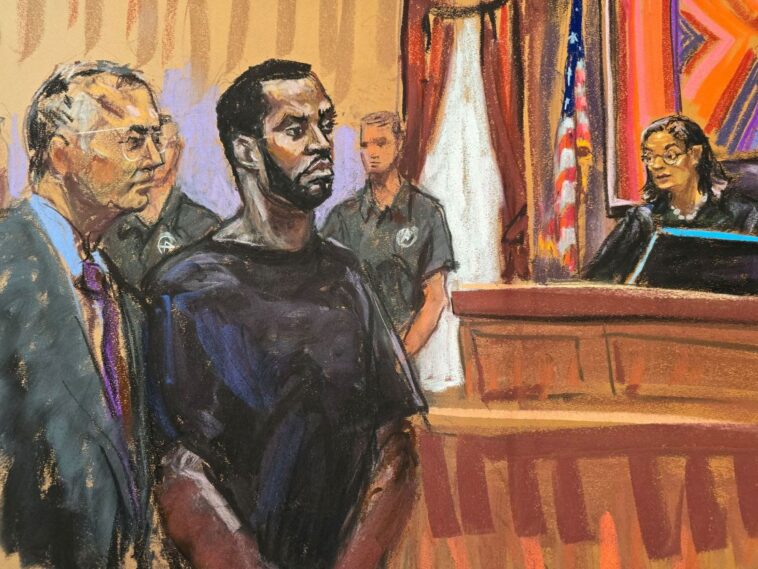The outcome of Sean ‘Diddy’ Combs’ federal trial was marked by the unanimous decision by a 12-member jury. Combs was found not guilty on the chief charges in the case, with his trial concluding on July 2. This lengthy case commenced May 5 in the federal court of Manhattan.
Combs did not completely evade justice, as he was found guilty of two lesser offences related to sex crimes. Specifically, he was convicted of two counts associated with engaging in prostitution through transportation means, yet he was acquitted of the more grave charges linked to racketeering and both sex trafficking counts.
Among the trials that have grabbed headlines in the era of #MeToo, Combs’ stood out. This was particularly due to its challenging nature, which involved difficult to navigate topics such as consent and coercion, various intricate workplace dynamics, the influence of celebrity status, and the long-lasting impact of trauma.
The crux of Combs’ conviction rested on his transportation of two ex-partners and some sex workers, with intentions related to prostitution. Each count with which Combs was charged can carry a maximum of 10 years, therefore he could face up to a total of 20 years imprisonment.
In the aftermath of his arrest on September 16, 2024, Combs has been held at the Metropolitan Detention Center located in Brooklyn. There was opposition from the prosecutor against the defense’s appeal for immediate release of Combs following the verdict announcement.
Federal prosecutors alleged that Combs was at the helm of a ‘criminal enterprise’ engaging in a myriad of illegal activities. Combs was accused of sex trafficking, kidnapping, forced labor, drug offences, and several other criminal engagements.
The contention was that Combs used his wealth and fame to indulge his sexual predilections. His reoccurring pattern of abuse was purportedly well-known and widespread, according to the claims of investigators.
However, Combs considers the final verdict a victory. The two counts for which he was convicted revolved around violations of the Mann Act. The charges involve transporting individuals with a primary aim of prostitution engagement.
Over the course of the two-month-long trial, Combs’ case gained considerable media attention. The case turned into a major spectacle, yielding extensive coverage across various media platforms.
In the events leading up to and during the trial, the rapport among reporters was generally cordial. A sense of camaraderie emerged from the shared exhaustion brought on by the daily grind and monotony of the courtroom.
The high-demand for seating within the main courtroom for Combs’ case led to a unique phenomenon amongst news organizations. To ensure a seat for their own correspondents, multiple media outlets turned to hiring individuals to wait in line, some of them even setting up camp outside the court the day before.

